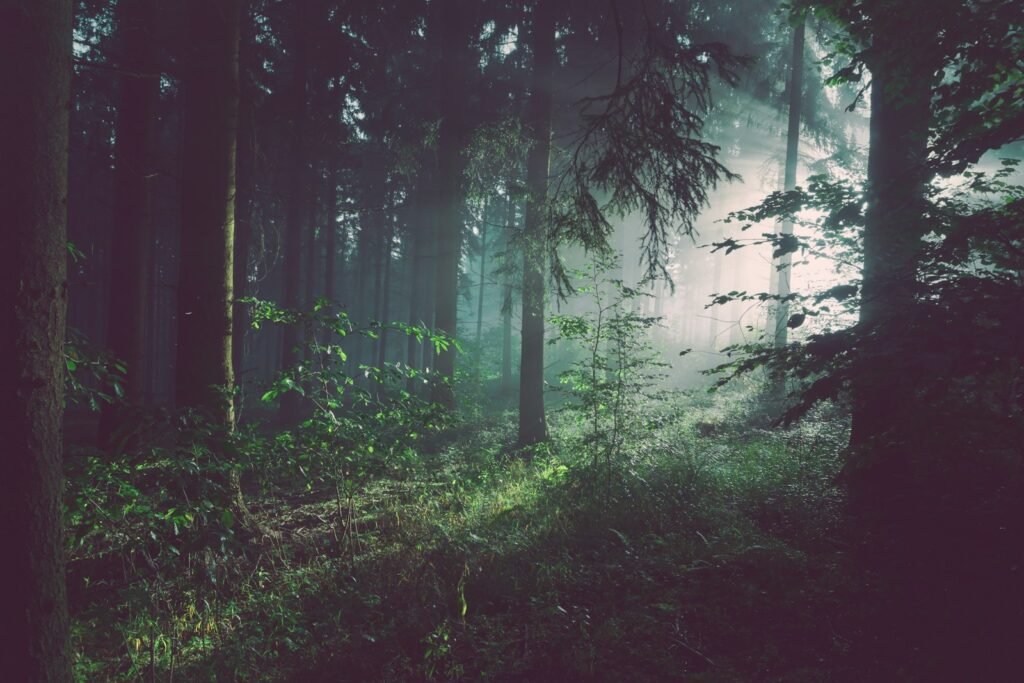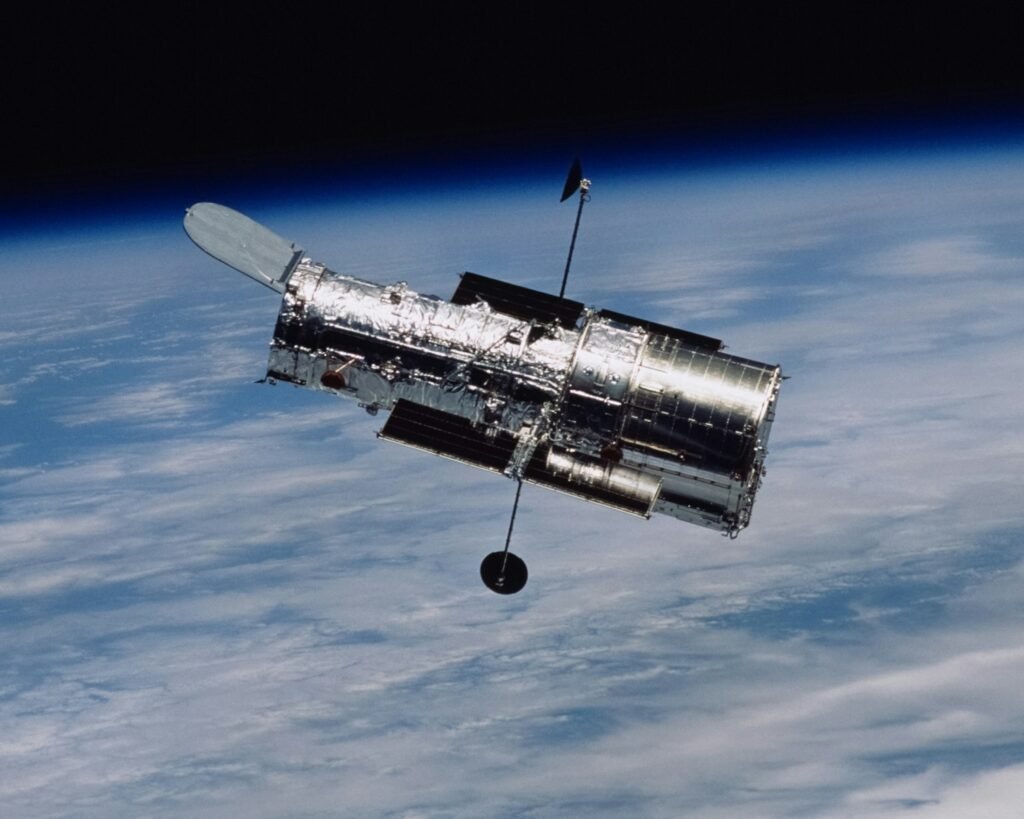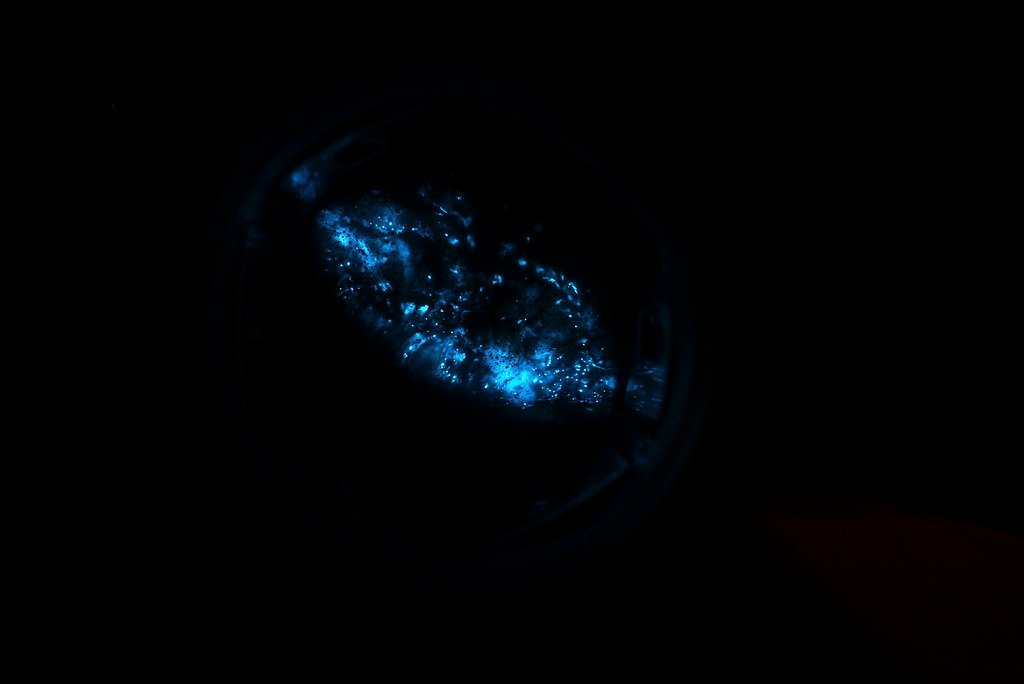Imagine cities dimming, fences falling, and ecosystems knitting themselves back together. In that rewilded Earth, who takes the microphone, who slips behind the curtain, and who quietly runs the stagecraft? Scientists studying trophic cascades, landscape engineering, and animal cognition are sketching an answer that sounds almost mythic, yet it’s grounded in data. The zodiac becomes a map of ecological jobs: bold leaders, meticulous organizers, and clever edge-dwellers. The result is less horoscope, more field report – an accessible way to understand who leads, who hides, and who thrives when nature gets a second wind.
The Hidden Clues
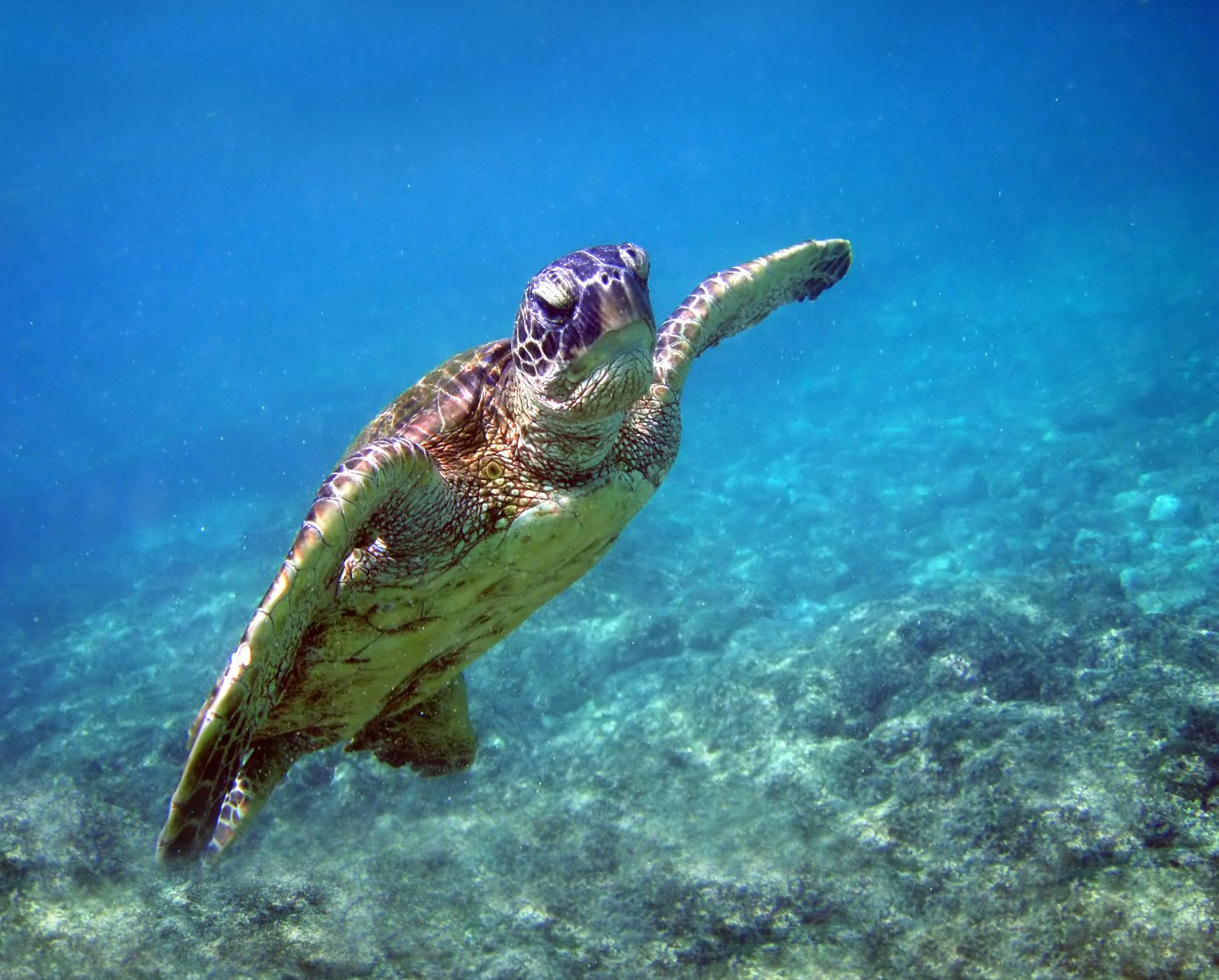
What happens when the human roar eases and animal institutions take the room again? You can watch leadership, labor, and logistics fall into place like constellations, except every star is a species pulling weight. In the hush, hard evidence surfaces: wolves steering herbivores, beavers raising wetlands, fungi quietly financing the underground economy.
Using the zodiac as a narrative lens isn’t mystical; it’s memorable. Aries becomes the decisive pounce of a hunting pack; Aquarius maps to water-shaping engineers; Virgo fits the soil accountants balancing nutrients. The hook is metaphor, the bones are empiricism.
Who Leads When Cities Go Quiet
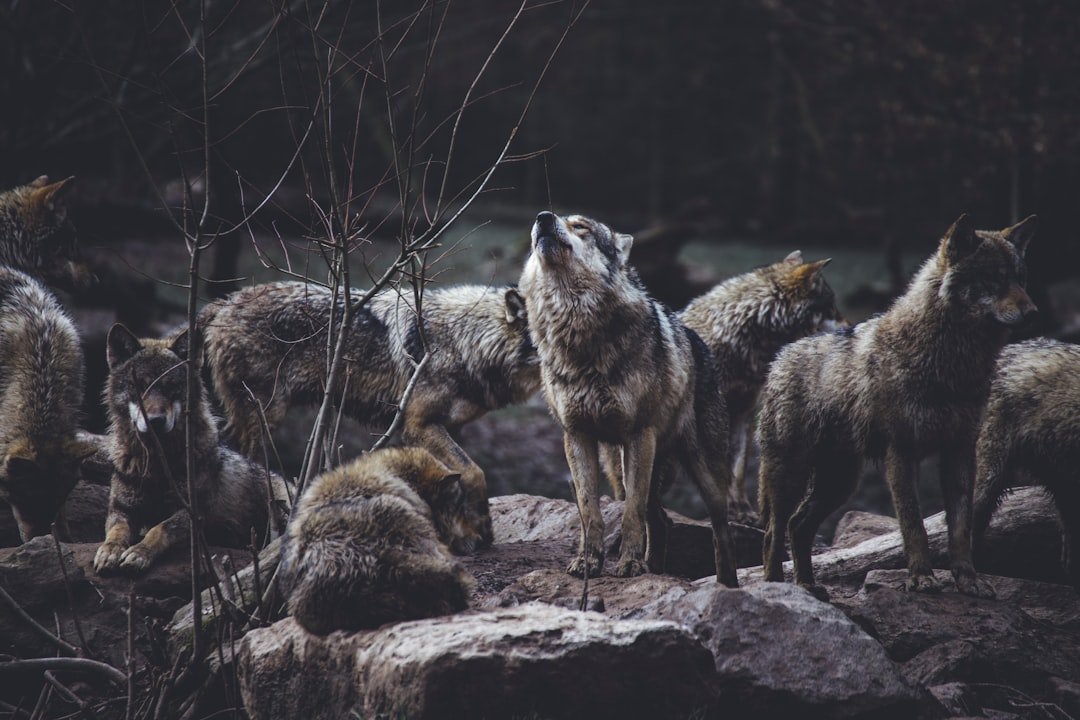
If leadership has a sign, call it Aries with a touch of Leo – predators that reframe behavior across entire valleys. Wolves often alter deer and elk browsing patterns, which lets young willow and aspen rebound and pulls birds and beavers back into the script. Orca matrilines, run by seasoned females, coordinate hunts with choreography that rivals any human team sport.
Leadership here isn’t bluster; it’s behavior with spillover. When apex animals return, the message cascades through grasses, insects, and even stream temperatures. , power is measured by how many other species you quietly benefit.
The Engineers of Aquarius
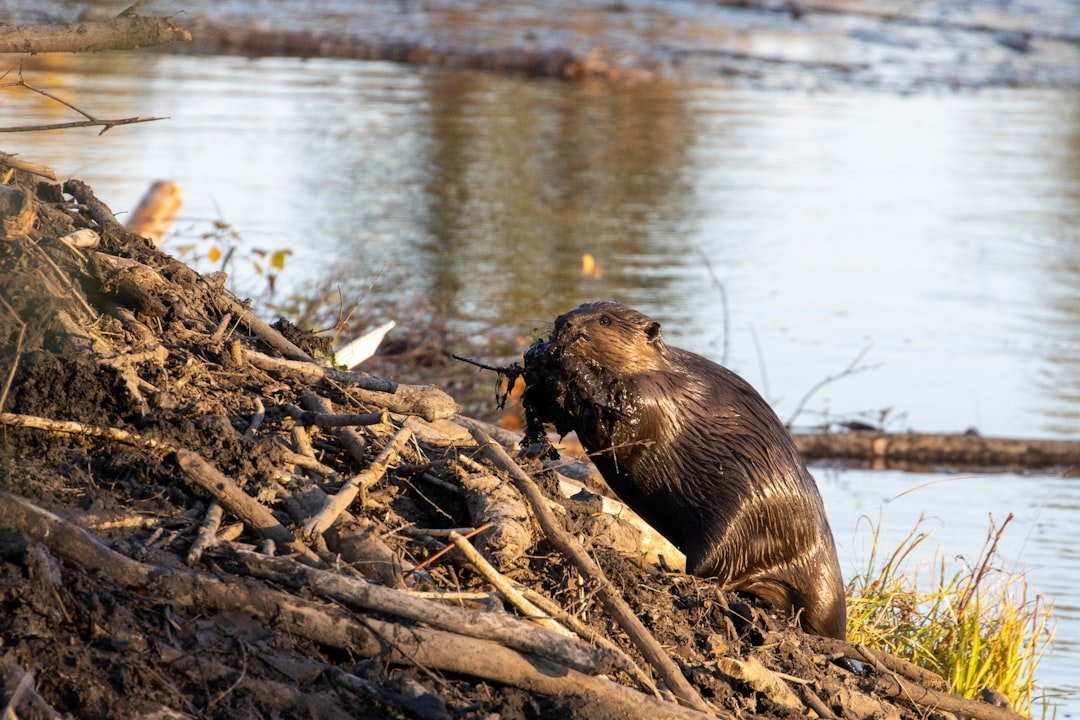
Some species don’t roar; they redraw maps. Beavers slow rivers with wood-and-mud algebra, storing water, spreading it sideways, and turning flash floods into murmurs. In drought summers, their ponds become life rafts for fish, amphibians, and waterfowl, and even soften wildfire impacts by keeping ribbons of green alive.
Elephants carve trails, dig wells, and ferry seeds in bulk, rebooting forests after hard years. Mangroves, oyster reefs, and freshwater mussels stitch coastlines and rivers back together, filtering water like patient lab techs. Aquarius isn’t a star sign here – it’s a job title: hydrologist, architect, and safety officer rolled into one.
Virgo’s Quiet Order Beneath Our Feet
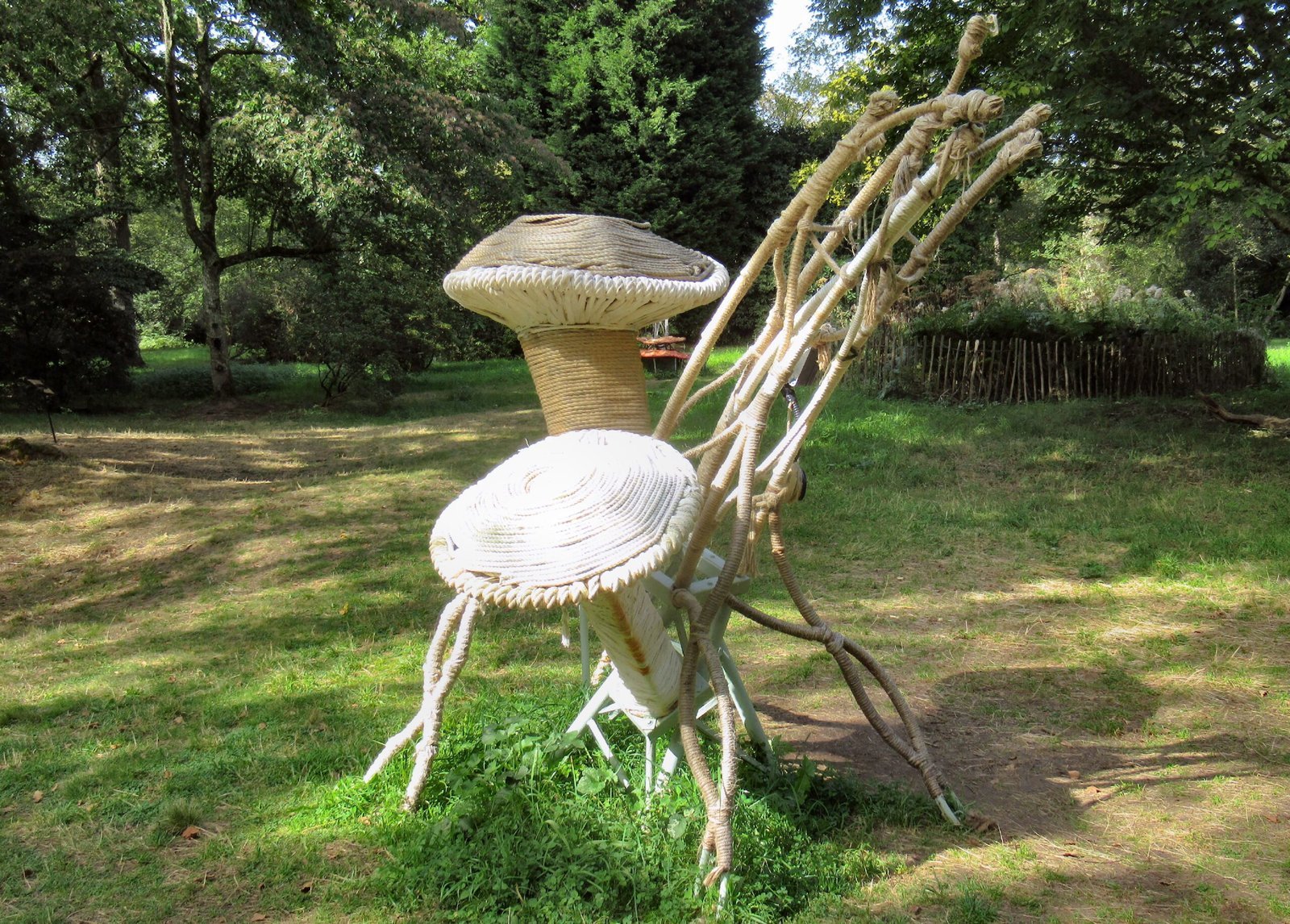
Pull back the leaf litter and you’ll find Virgo – the perfectionist – wearing fungal threads and microbial badges. Mycorrhizal networks trade nutrients and chemical messages among trees, turning forests into cooperative guilds rather than solo acts. Earthworms and springtails grind dead matter into the currency that roots can spend.
Pollinators keep the ledger balanced above ground, moving pollen across miles in patterns that look chaotic but add up to reliability. About one-third of global food production depends on animal pollination, a reminder that wild services also underwrite human breakfasts. The quiet accountants keep the lights on while the headliners sing.
Edge Dwellers of Gemini
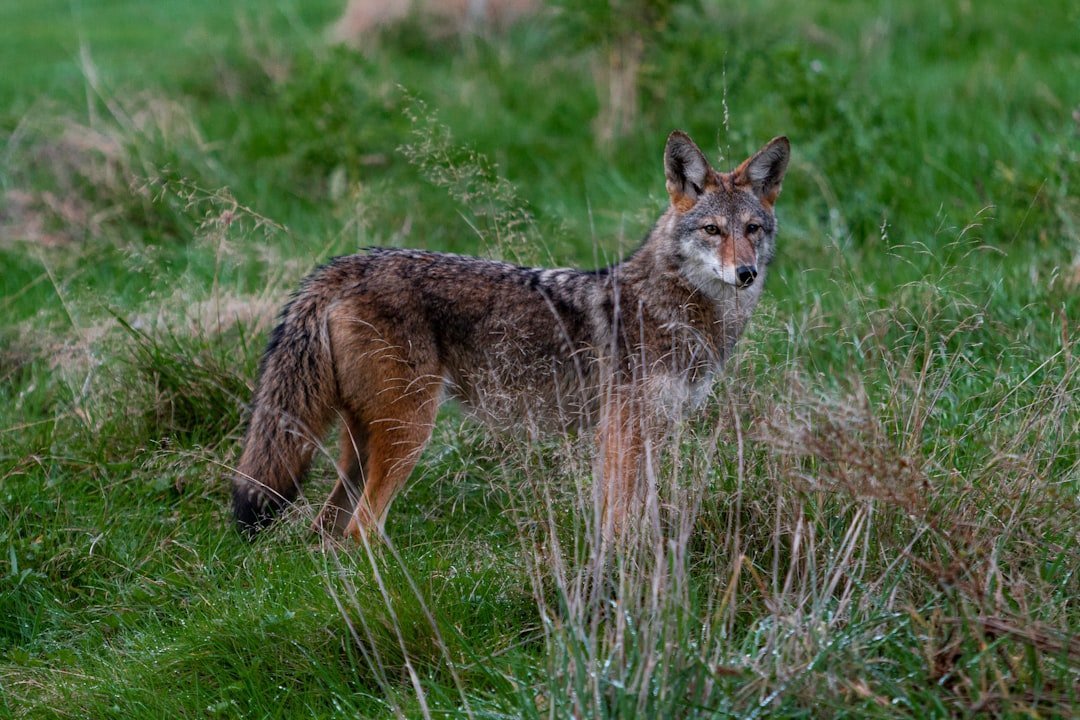
Gemini thrives at the margin, and edge-dwelling generalists are its living emblem. Coyotes slip between cornfields and cul-de-sacs, trimming rodent booms before they swell into public‑health problems. Corvids – crows, ravens, jays – solve puzzles, cache food, and learn from each other with unnerving speed.
These species aren’t villains of suburbia; they’re adapters keeping ecological gears meshed where wild and human systems grind. I once watched a crow drop walnuts at a traffic light, then wait for the green to crack them – street smarts with feathers. In a rewilded mosaic, the edge is not a flaw; it’s a factory floor.
Why It Matters
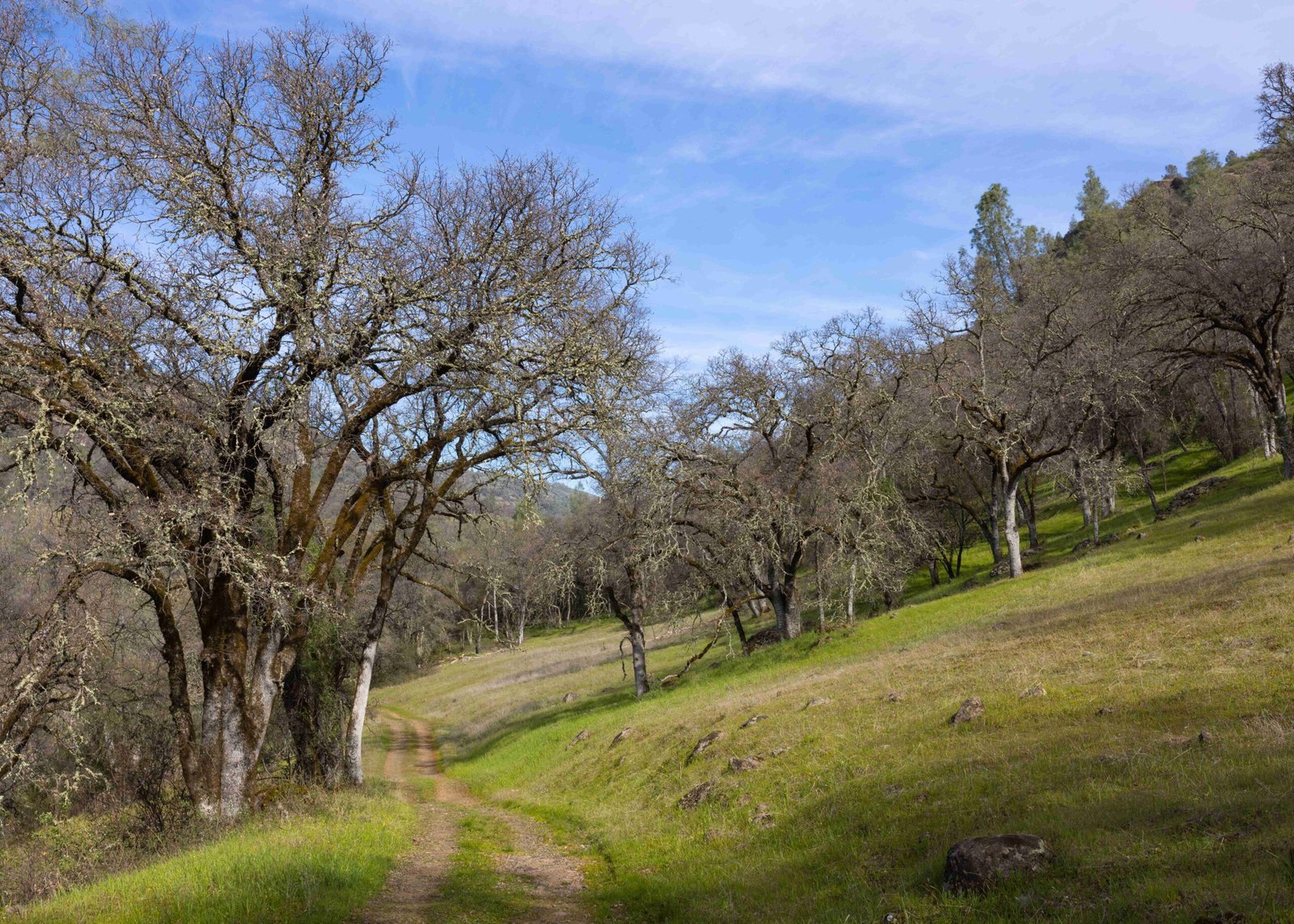
Rewilding is not nostalgia; it’s infrastructure for resilience. Traditional management often leaned on fences and species-by-species triage, which can stabilize symptoms but miss systems. By restoring roles – leader, engineer, custodian – we get compound interest: water stored, carbon sequestered, diseases buffered, and food webs diversified.
– Beaver-built wetlands can dampen peak floods and keep streams cool, supporting fish through heat waves. – Predator presence can trim overgrazing, letting vegetation recover and shelter songbirds and pollinators. – Healthy scavenger guilds, from vultures to beetles, reduce carcass-borne pathogens that might otherwise spill over. This is not a romantic rewrite; it’s a practical upgrade to planetary risk management.
The Future Landscape
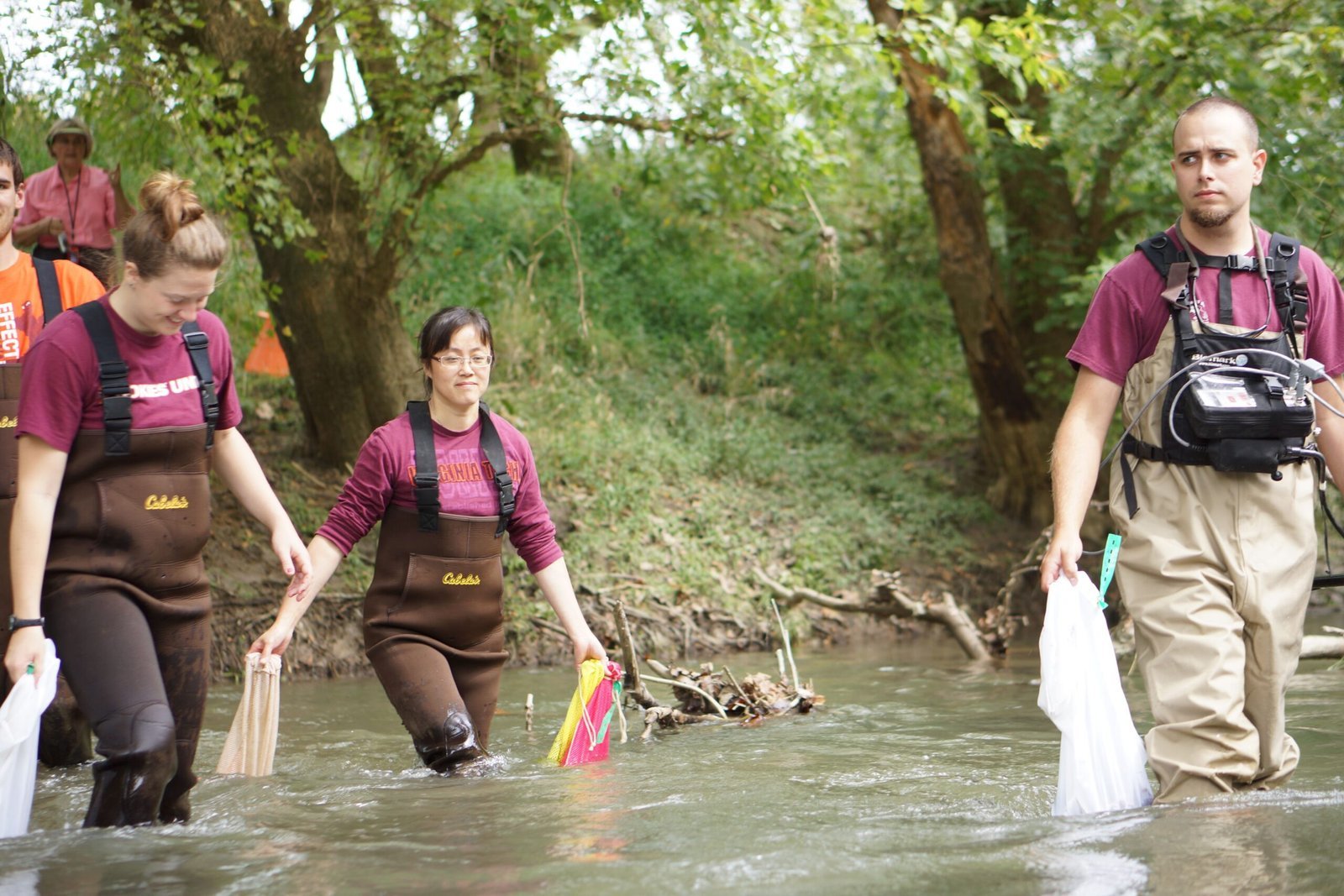
Science is rapidly expanding our field kit for a wilder Earth. Bioacoustic networks now listen for wolves, frogs, and elephants across continents, turning sound into long-term population data. Environmental DNA pulled from water and soil reveals who passed through last night without a single camera trap.
Satellite collars, cheap tags, and AI‑assisted pattern detection map migrations as living weather, helping planners design corridors before roads lock the door. The hard debates are here, too: assisted migration during climate shifts, conflicts with livestock, and where to draw the line on gene rescue. The likely outcome is a patchwork – rewilded cores stitched by corridors and buffered by communities that benefit, not just believe.
The Hidden Costs and the Payoff
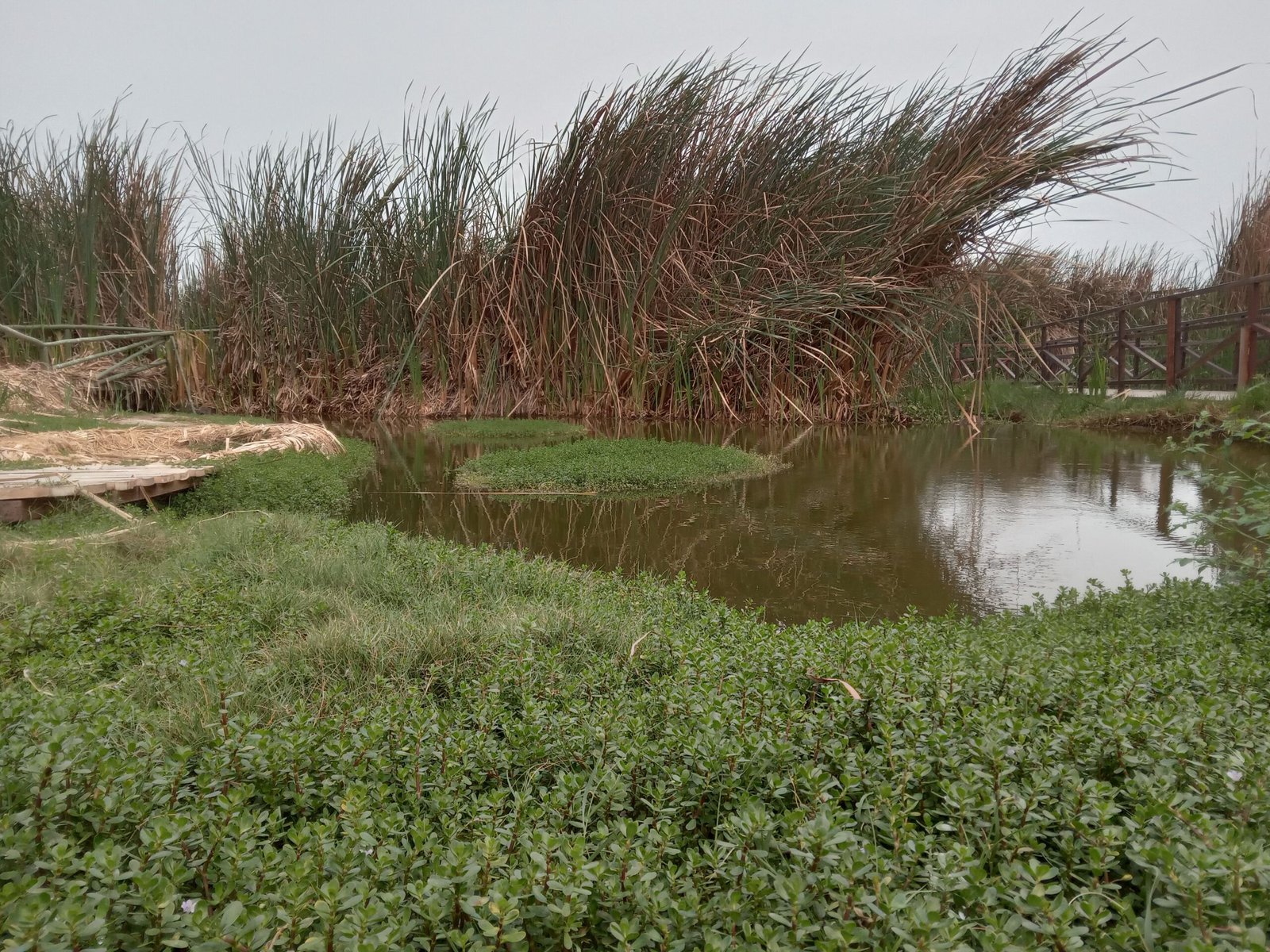
No one should pretend rewilding is simple. Coexistence means fencing beehives against bears, compensating herders for losses, and designing road crossings where migrations used to bottleneck into tragedy. It also means admitting uncertainty and measuring it, not hiding it.
But the payoff is tangible: cooler streams, steadier aquifers, richer soils, and landscapes that bounce back after shocks instead of cracking. Think of it as diversified portfolios for ecosystems, where risk is spread across many species doing many jobs. The yield is stability you can see, hear, and drink.
How to Get Involved
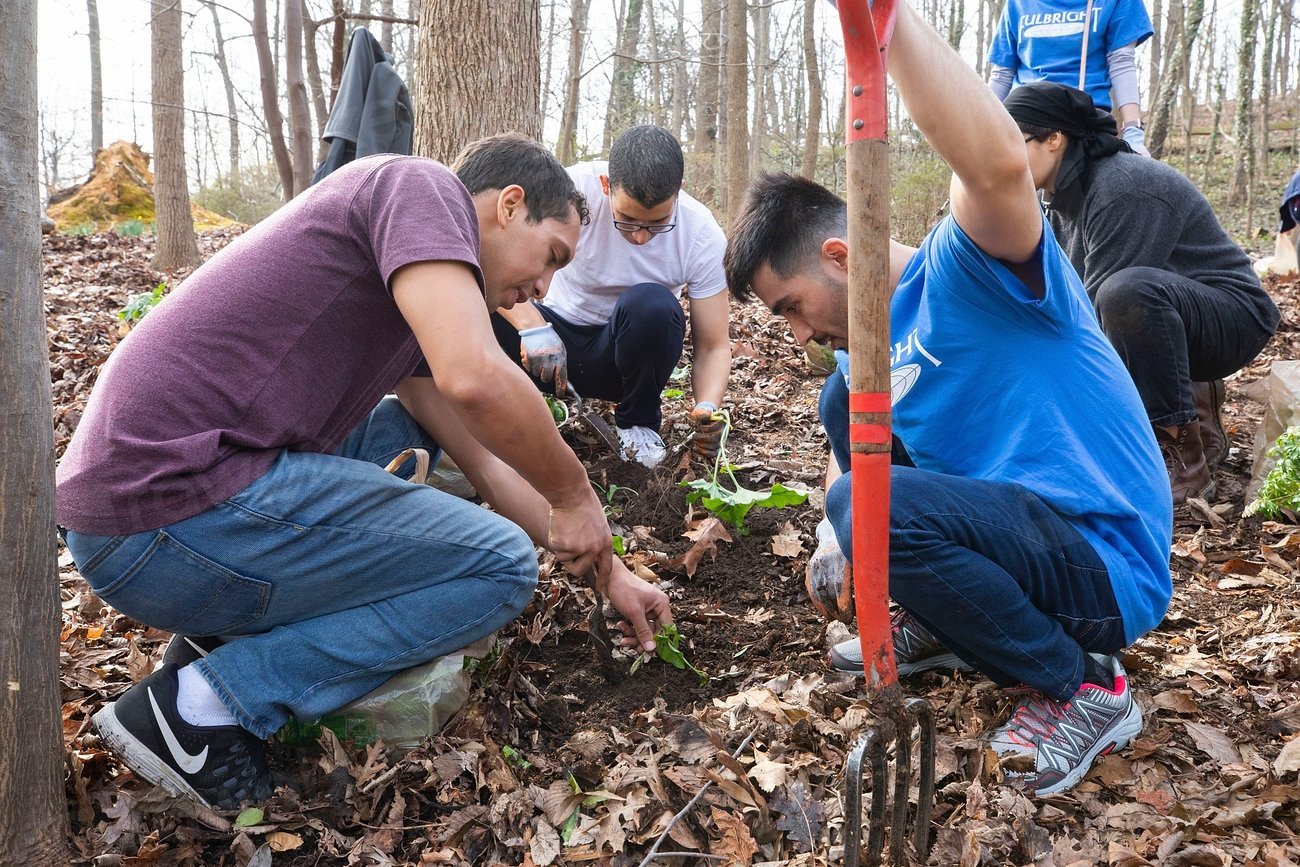
Start local: plant native species, leave a corner of your yard messy for insects, and keep outdoor cats indoors so birds get a fair shot. Support corridor projects and land trusts that stitch habitats together, even if they’re skinny ribbons along rail lines or creeks. Back beaver coexistence programs that use flow devices instead of traps, because a pond in the right spot is a neighborhood reservoir.
If you can, volunteer for bioacoustic surveys, community science counts, or river cleanups; data and habitat both matter. And when the conversation turns to who leads, who hides, and who thrives, ask for roles, not villains. , the cast is huge – so which part will you play next?

Suhail Ahmed is a passionate digital professional and nature enthusiast with over 8 years of experience in content strategy, SEO, web development, and digital operations. Alongside his freelance journey, Suhail actively contributes to nature and wildlife platforms like Discover Wildlife, where he channels his curiosity for the planet into engaging, educational storytelling.
With a strong background in managing digital ecosystems — from ecommerce stores and WordPress websites to social media and automation — Suhail merges technical precision with creative insight. His content reflects a rare balance: SEO-friendly yet deeply human, data-informed yet emotionally resonant.
Driven by a love for discovery and storytelling, Suhail believes in using digital platforms to amplify causes that matter — especially those protecting Earth’s biodiversity and inspiring sustainable living. Whether he’s managing online projects or crafting wildlife content, his goal remains the same: to inform, inspire, and leave a positive digital footprint.

